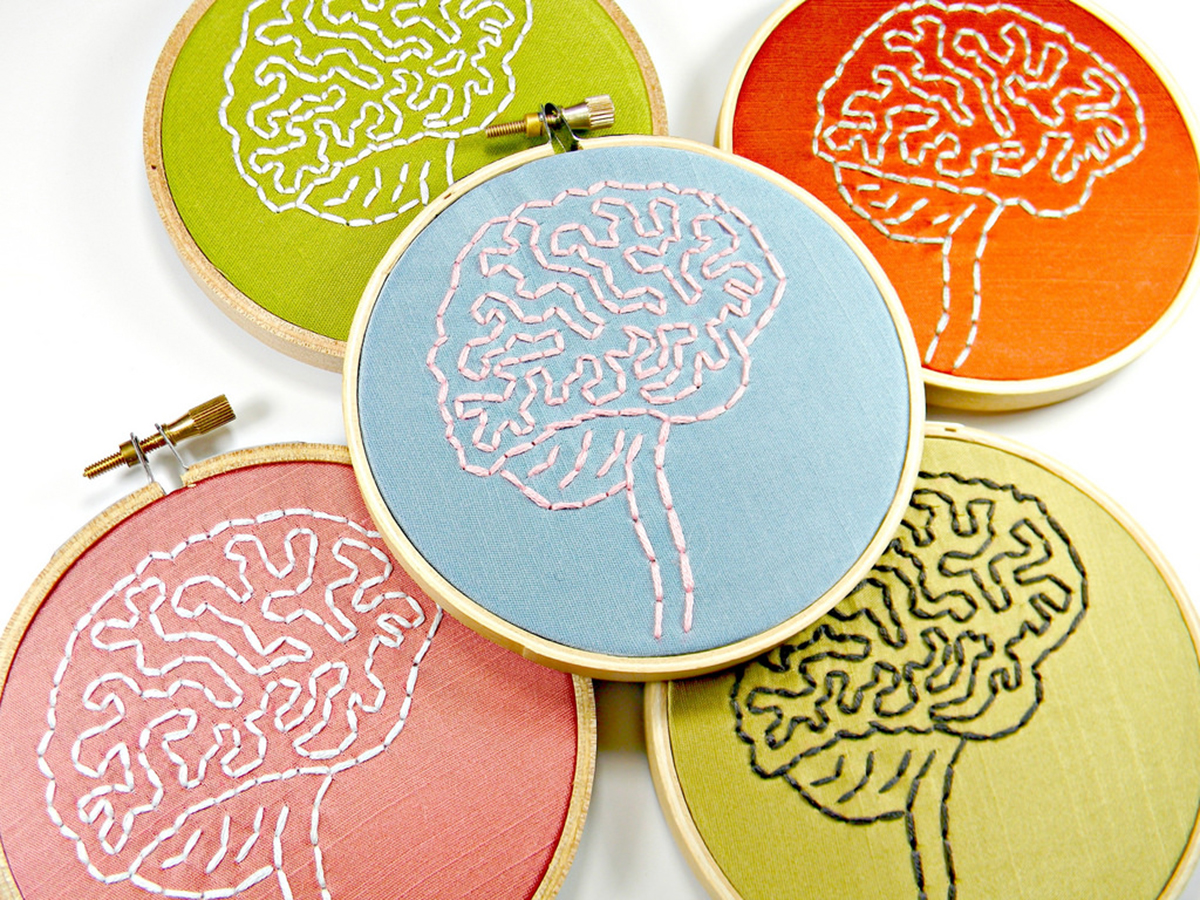Table of Contents
Many athletes are diagnosed with clinical dementia 10 to 30 years after retirement. A few years ago, researchers specifically studied people who had sustained a concussion more than 30 years prior to retirement and compared them with those who had no previous history of concussions. The results showed decreased performance in memory skills and response inhibition, as well as delayed bradykinesia (movement velocity).
One retrospective study found that individuals with a history of concussions had a higher than average prevalence of Alzheimer's disease pathologies observed at autopsy. The pathological features linked to Alzheimer’s disease (such as an accumulation of amyloid-beta) are formed in the brain long before the disease starts to manifest itself. Certain brain mechanisms help to compensate potential damage and avoid clearly manifested brain dysfunctions, but with time the disease still tends to progress.

Late Effects Of Repetitive Concussive Injuries
Chronic Traumatic Encephalopathy (CTE) is a neurodegenerative disease thought to be caused, at least in part, by repetitive brain trauma, including concussive and sub-concussive injuries. Clinical symptoms of CTE tend to emerge later in life, most commonly years after athletes finish their sports career. Based on a recent review of neuropathologically confirmed CTE in athletes, the mean age at disease onset is 42.8 years, although the range of ages is very broad and some people may develop disease-associated symptoms very early in life.
How Can Athletic Trainers Preventing The Impact Of Sport-Related Concussion?
Coaches and trainers often allow an athlete to return to play or practice if the obvious symptoms of a concussion, such as disorientation and uncoordinated movements, disappear within 15 minutes after the injury.
A concussion is considered one of the most complex injuries in sport for the diagnosis, evaluation and treatment. Athletic trainers must understand that concussion causes ultrastructural changes in the brain and that these changes are not large enough to be visible when neuroimaging methods such as an MRI or CT scan are used.
Athletes who sustain one concussion are three to six times more likely to sustain a second concussion. As an athletic trainer, physician, or other medical professional, understanding this statistic and an individual athlete's previous history of concussions is very important. By being aware of this, trainers can decrease the likelihood of concussions.
Concussion should be identified, treated and managed correctly. Failure to do so can potentially have serious short and long‐term consequences. Since concussions are the result of accidents, preventing their occurrence is tricky.
READ 6 Alternative Treatments for Alzheimer's Disease
However, adequate conditioning, all‐year round neck strengthening, good tackle and ruck techniques, abiding by the rules of the game, appropriate use of equipment and a concussion policy that players, coaches, referees and supporters understand, all have the potential of helping in significantly reducing the risks.
- Guskiewicz KM, Marshall SW, Bailes J, McCrea M, Cantu RC, Randolph C, Jordan BD. (2005). Association Between Recurrent Concussion and Late-Life Cognitive Impairment in Retired Professional Football Players. Neurosurgery 57: 719-26
- Khurana V, Kaye A. (2012). An overview of concussion in sport. Journal Of Clinical Neuroscience: Official Journal Of The Neurosurgical Society Of Australasia. 19(1):1-11
- Webbe F, Barth J. (2003). Short-term and long-term outcome of athletic closed head injuries. Clin Sports Med. 22(3):577-592. Reeves R, Panguluri R. (2011). Neuropsychiatric complications of traumatic brain injury. J Psychosoc Nurs Ment Health Serv. 49(3):42-50
- De Beaumont L, Théoret H, Lassonde M, et al. (2009). Brain function decline in healthy retired athletes who sustained their last sports concussion in early adulthood. Brain: A Journal Of Neurology. 132(Pt 3):695-708
- Jellinger KA, Paulus W, Wrocklage C, Litvan I. (2001). Effects of closed traumatic brain injury and genetic factors on the development of Alzheimer's disease. Eur J Neurol. 8(6):707-10
- Bower JH, Maraganore DM, Peterson BJ, McDonnell SK, Ahlskog JE, Rocca WA. (2003). Head trauma preceding PD: a case-control study. Neurology. 60(10):1610–1615
- Baugh CM, Stamm JM, Riley DO, Gavett BE, Shenton ME, Lin A, Nowinski CJ, Cantu RC, McKee AC, Stern RA. (2012). Chronic traumatic encephalopathy: neurodegeneration following repetitive concussive and subconcussive brain trauma. Brain Imaging Behav. 6(2):244-54
- McKee A, Cantu R, Nowinski C, et al. (2009). Chronic traumatic encephalopathy in athletes: progressive tauopathy after repetitive head injury. J Neuropathol Exp Neurol. 68:709–35.
- Photo courtesy of C Jill Reed via Flickr: www.flickr.com/photos/mulmatsherm/3210578263
- Photo courtesy of Hey Paul Studios via Flickr: www.flickr.com/photos/hey__paul/14043023409


Your thoughts on this